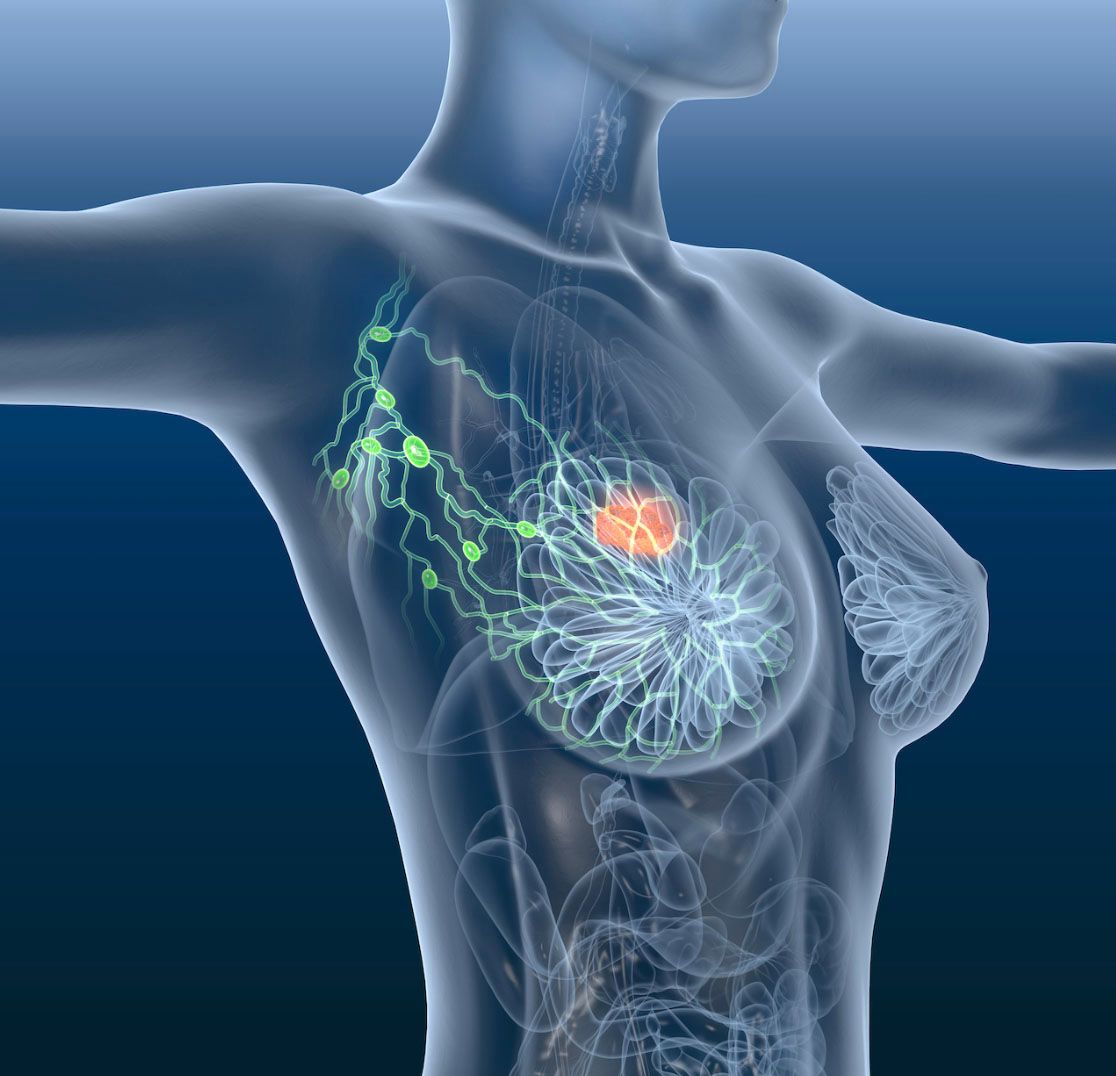Biosimilar for Trastuzumab Available for HER2-Overexpressing Breast Cancer, Gastric Cancers
“The launch of Ontrucant to deliver our first oncology biosimilar in the US marks an important milestone for Samsung Bioepis, and more importantly, for the patients who are in need of this proven treatment."

Ontruzant (SB3; trastuzumab-dttb), a biosimilar for trastuzumab (Herceptin), is now available in the United States for the treatment of patients with HER2-overexpressing breast cancer, metastatic cancer, and metastatic gastric cancer or gastroesophageal junction (GEJ) adenocarcinoma, announced Samsung Bioepis.1
The biosimilar is available in 150 mg single-dose vials, as well as 420 mg multi-dose vials, and can be used as treatment of patients based on the FDA-approved companion diagnostic for trastuzumab products. The 150 mg dose of SB3 was approved by the FDA in January 2019, and the 420 mg dose was approved in March 2020.
“The launch of Ontrucant to deliver our first oncology biosimilar in the US marks an important milestone for Samsung Bioepis, and more importantly, for the patients who are in need of this proven treatment,” said Christopher Ko, president and chief executive officer, Samsung Bioepis.
The FDA approved the use of SB3 based on a randomized double-blind phase III trial (NCT02149524) in which the agent was compared with trastuzumab as neoadjuvant treatment of patients with HER2-positive early breast cancer. In terms of breast pathologic complete response (bpCR) rate, the agent had shown biosimilarity with trastuzumab.2
The bpCR rate was 51.7% with SB3 compared with 42.0% in the control arm, and the adjusted rate was 1.259. The 95% confidence interval margins came within predefined equivalence, meeting the primary end point of bpCR rate in the study.
Secondary end points included total pathological complete response rate (tpCR), overall clinical response rate, event-free survival (EFS), and overall survival (OS). In addition, investigators looked at the pharmacokinetics and immunogenicity.
The tpCR rate was 45.8% with SB3 versus 35.8% with trastuzumab. The overall response rates were 96.3% and 91.2% in the SB3 and trastuzumab arms, respectively. OS and EFS data were not mature at the time of the data cutoff.
Adverse events (AEs) appeared similar in quantities with SB3 and trastuzumab. AEs occurred in 96.6% of patients in the SB3 arm compared with 95.2% in the trastuzumab arm. Serious AEs were observed in 10.5% of patients who received SB3 compared with 10.7% with trastuzumab.
Treatment-emergent AEs included infusion-related reactions in 8.2% of the SB3 arm versus 10% in the trastuzumab arm, asymptomatic left ventricular systolic dysfunction in 0.9% versus 0.7%, and congestive heart failure in 0.5% and 0%, respectively. Investigators noted 1 death in the SB3 arm compared with 3 in the trastuzumab arm.
Approximately 875 patients enrolled in the study with newly diagnosed, early, or locally advanced HER2-positive breast cancer and were randomized to receive either neoadjuvant intravenous SB3 (n = 402) or trastuzumab (n = 398) for 8 cycles. Treatment was administered concurrently with chemotherapy prior to surgery, and an additional 10 cycles of treatment were administered after surgery.
Patients with an ECOG performance status of 0 to 1, baseline LVEF level of ≥55%, and known hormone receptor status were eligible to enroll to the study. Exclusion criteria included a history of prior invasive breast cancer or other malignancy, prior cancer treatment, serious cardiac or pulmonary illness, HIV or hepatitis B or C virus, and other comorbid conditions requiring concurrent therapy.
In the setting of patients with HER2-overexpressing node-positive or node-negative breast cancer who are ER- or PR-negative or have 1 high-risk feature, SB3 is indicated as adjuvant treatment as a single agent following multi-modality anthracycline-based therapy as well as with regimens of doxorubicin, cyclophosphamide, and either paclitaxel or docetaxel, and a regimen of docetaxel and carboplatin.1
SB3 is also indicated for combination use with paclitaxel as the frontline treatment of HER2-overexpressing metastatic breast cancer and as monotherapy for patients with HER2-overexpressing breast cancer who have received at least 1 prior line of chemotherapy for metastatic disease. It is also indicated for combination use with cisplatin and capecitabine or 5-fluorouracil, for treatment of patients with HER2 overexpressing metastatic gastric or GEJ adenocarcinoma who have received no prior treatment for metastatic disease.
Reference
- Samsung Bioepis Announces US Launch of Ontruzant (trastuzumab-dttb) for early and metastatic HER2-overexpressing breast cancer and metastatic gastric cancer [news release]. Incheon, Korea: Samsung Bioepis, Co., Ltd; April 15, 2020. https://bwnews.pr/2VUBZO2. Accessed April 22, 2020.
- Pivot X, Bondarenko I, Nowecki Z, et al. Phase III, Randomized, Double-Blind Study Comparing the Efficacy, Safety, and Immunogenicity of SB3 (Trastuzumab Biosimilar) and Reference Trastuzumab in Patients Treated With Neoadjuvant Therapy for Human Epidermal Growth Factor Receptor 2Positive Early Breast Cancer.J Clin Oncol.2018;36(10):968-974. doi: 10.1200/JCO.2017.74.0126